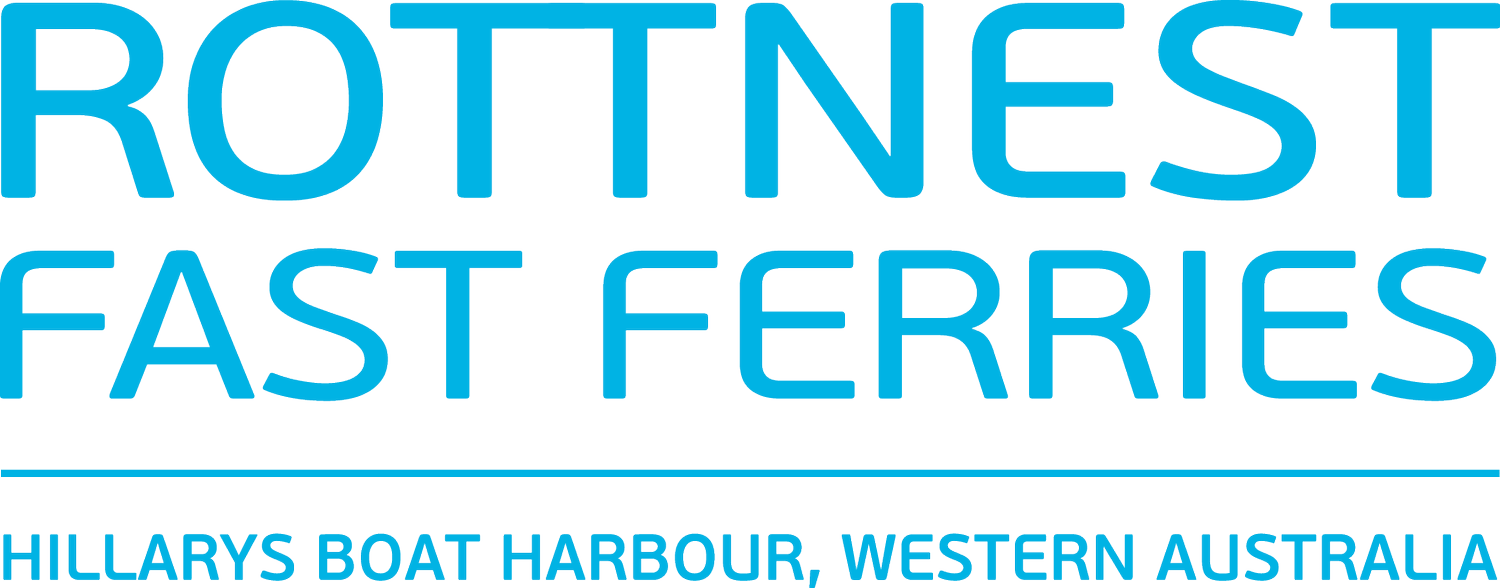The Ultimate Guide to Spotting Wildlife and Marine Species on Rottnest Island
Rottnest Island is a paradise brimming with biodiversity, a place where nature thrives in all its untouched glory. Home to the world-famous smiling quokkas, diverse avian species and captivating marine life, this island offers an unparalleled experience for wildlife enthusiasts and nature lovers. Grab your binoculars, dust off your snorkelling gear, and get ready to uncover the secrets of Rottnest's wildlife and marine species with our comprehensive guide.
The Quokka: Rottnest's Most Famous Resident
Quokkas, often referred to as the world's happiest animal due to their smiling facial expression, are small marsupials native to Rottnest Island. They have a round, compact body, a short tail, small, rounded ears and a friendly, almost smiling face. Quokkas measure about the size of a domestic cat and have coarse fur that ranges in colour from sandy brown to a light tan.
These nocturnal herbivores are most active during the night but can be spotted during the day. They are generally docile and curious creatures, often found foraging for vegetation. Quokkas are an iconic symbol of Rottnest Island. Their presence is a key draw for visitors and a vital part of the island's ecosystem.
Places to Spot Quokkas on Rottnest Island:
The Settlement and Thomson Bay - Quokkas are commonly found around the settlement areas, particularly near the Thomson Bay area, where they roam freely and are often seen in search of food scraps.
Wadjemup Hill and Parker Point - Areas like Wadjemup Hill and Parker Point often have quokkas roaming in the natural habitat, away from the main settlement. They are more prevalent in these spots and offer a chance to observe them in a more natural environment.
Ethical Considerations and Guidelines for Interacting with Quokkas:
No Feeding: It's important not to feed quokkas as their natural diet is specific to their needs. Human food can be harmful to their health.
Do Not Touch or Disturb: While quokkas may seem friendly and approachable, it's crucial to remember they are wild animals. It's advisable not to touch or disturb them and to maintain a safe distance.
Appreciating these charming creatures while respecting their natural behaviours is key to preserving their well-being and the unique ecosystem of Rottnest Island.
Exploring Avian Wonders: Birds of Rottnest
Rottnest Island is a haven for birdwatchers, offering a diverse range of avian species. Its varied habitats, including coastal areas, woodlands, heathlands and salt lakes, provide homes for numerous birds.
Places to Spot Birds on Rottnest Island:
Lake Baghdad and Lake Sirius - These salt lakes attract various species of waterbirds such as black swans, banded stilts and red-necked avocets.
Parker Point and Cape Vlamingh - These coastal areas provide vantage points for observing seabirds, including ospreys, silver gulls and majestic wedge-tailed shearwaters.
Notable Bird Species on Rottnest Island and Their Unique Characteristics:
Osprey (Pandion haliaetus) - These impressive raptors are known for their distinctive white heads and dark brown wings. They are often seen hunting for fish along the coastlines and are known for their spectacular diving abilities.
Wedge-tailed Shearwater (Ardenna pacifica) - These migratory seabirds have a wingspan of over a meter. They breed on the island and are known for their characteristic wedge-shaped tails and effortless gliding over the waves.
The Underwater Kingdom: Marine Life of Rottnest
Rottnest Island boasts a diverse and vibrant marine ecosystem, making it a paradise for divers and snorkellers. The surrounding waters are teeming with an abundance of marine life, from colourful fish and intricate corals to fascinating marine creatures.
Diving Hotspots for Encountering Marine Species:
The West End - This area features several popular dive sites offering an opportunity to explore underwater caves and vibrant reefs. It's known for encounters with schools of fish and diverse coral formations.
Strickland Bay - With its clear waters and impressive limestone formations, this area is great for exploring underwater rock formations and encountering a variety of marine species.
Common Marine Life around Rottnest Island:
Colourful Fish - The waters surrounding Rottnest Island are home to an array of fish species, including the vividly coloured Western Blue Groper, the ornate Harlequin Fish, schools of Silver Drummer and the elegant Long-finned Pike.
Crustaceans - Various species of crabs and lobsters inhabit the reefs and seafloor, while the colourful and elusive Western Rock Lobster is a prized sighting for divers.
Octopuses and Cuttlefish - The clear waters often allow encounters with intelligent octopuses and cuttlefish. Their camouflaging abilities make them intriguing to observe.
Stingrays and Sharks - While encounters with harmless stingrays are common, lucky divers may spot docile reef sharks, such as the Port Jackson shark, gliding through the waters.
Tips for Responsible Wildlife Viewing and Preservation Efforts
It's essential to observe wildlife from a respectful distance, allowing animals to behave naturally without feeling threatened or disturbed. Remember to refrain from feeding the wildlife, as it disrupts their natural diet and behaviour. Additionally, touching animals, including quokkas, should be avoided to preserve their wild nature. Encouraging responsible tourism and active participation in conservation efforts are key to ensuring the long-term sustainability of this beautiful natural sanctuary.
The journey to Rottnest Island is not just a sightseeing adventure but a chance to connect with nature in its purest form. The beauty of the island's wildlife and marine species is a testament to the importance of responsible exploration and the marvels of conservation. Let's continue to cherish, protect, and celebrate the splendour of Rottnest Island's natural wonders for generations to come.
Contact our friendly reservation team and embark on a journey that promises not just a vacation but an unforgettable rendezvous with nature's finest.











